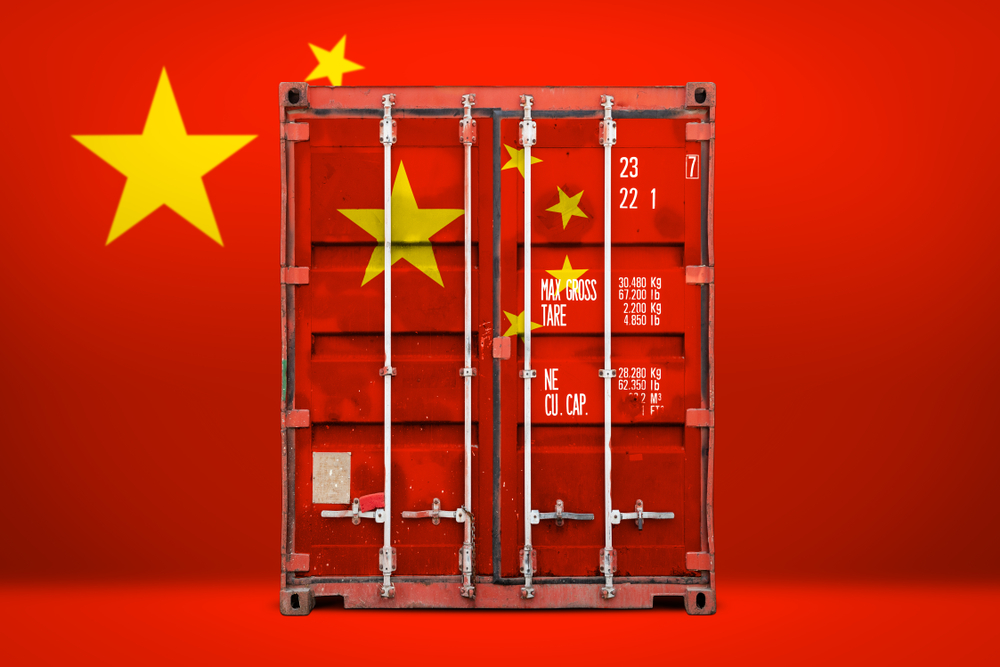Xi Jinping, the President of China, has called on local governments to foster the development of “new productive forces” suited to their unique conditions in order to prevent the formation of bubbles in certain sectors. This directive, issued during discussions with a delegation from Jiangsu province at the National People’s Congress, underscores the latest direction in Chinese economic policy.
Local Customization and Industry Adaptation
Xi underscored the importance of tailoring strategies to local conditions in the implementation of this novel approach. He cautioned against hastily starting projects and the potential for creating industry bubbles. He suggested moving away from a one-size-fits-all method of development. Xi recommended that regions should focus on developing new industries, business models, and drivers of growth. These should be based on their unique resources, industrial foundations, and scientific capabilities.
The President also made it clear that prioritizing new productive forces doesn’t mean ignoring established industries. Rather, it means using new technologies to enhance them. He supported the growth of advanced, smart, and green industries alongside traditional ones.
Xi first mentioned this approach during a trip to China’s northeast in September. He advocated for the focus on strategic emerging industries and future-oriented sectors. Since then, state media has worked to clarify this broad concept. They have linked it to various fields, including tourism and innovative growth areas such as electric vehicles, batteries, and renewable energy in China.
Oil Prices and Global Economic Impacts
Oil prices decreased slightly on Wednesday. This decline was due to concerns about China’s economic growth—the world’s top crude importer. Additionally, there were signs of supply constraints caused by production cuts from major producers. China recently set a modest economic growth target of around 5% for 2024. The country did not announce significant stimulus plans to support its struggling economy. This situation has raised fears that oil demand in China might stay weak throughout the year.
In recent trading sessions, a ‘risk-off’ sentiment has been noticeable. This sentiment was highlighted by a drop in Treasury yields, which added to the downward pressure on oil prices. In contrast, gold prices soared to a record high on Tuesday. This increase was amid growing expectations of a U.S. interest rate cut in June.
Despite these challenges, there has been support for oil prices. A weakening U.S. dollar contributed to this support. Additionally, the Organization of the Petroleum Exporting Countries and its allies (OPEC+) made a crucial announcement. They have decided to extend their output cut of 2.2 million barrels per day until the end of the second quarter.
Supporting the Private Sector Economy
Xi highlighted the importance of bolstering the private sector economy during his meeting with the Jiangsu delegation. He particularly focused on supporting private enterprises, especially in a province known for its vibrant private sector. This focus on support comes at a time when there are growing concerns about the regulatory pressures that privately owned businesses in China are facing.
The American Petroleum Institute (API) recently released a report. It indicated a smaller-than-expected rise in U.S. crude stocks for the week ending March 1. The increase was only 423,000 barrels, much less than the forecasted 2.1 million barrels. Furthermore, the API data revealed a decrease in gasoline inventories by 2.8 million barrels. Distillate fuel stocks also dropped by 1.8 million barrels.
The U.S. Energy Information Administration (EIA) has an upcoming data release. Official figures are scheduled to be published on Wednesday at 10:30 a.m. ET (1530 GMT). Should the EIA report an increase in crude storage, it would mark the sixth consecutive week of growing oil inventories in the country.











